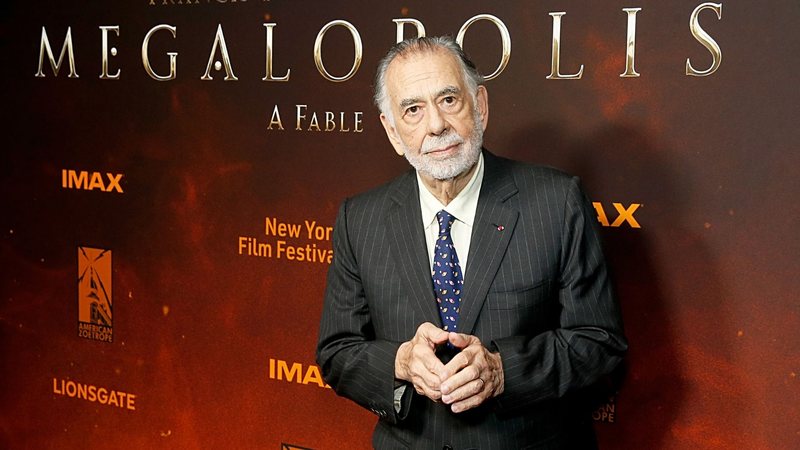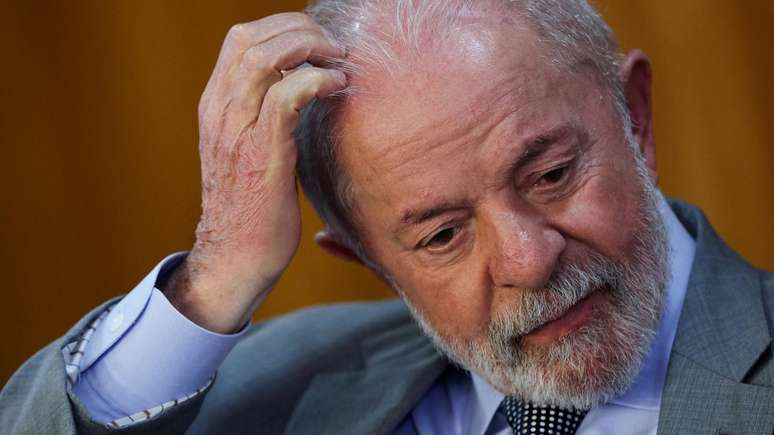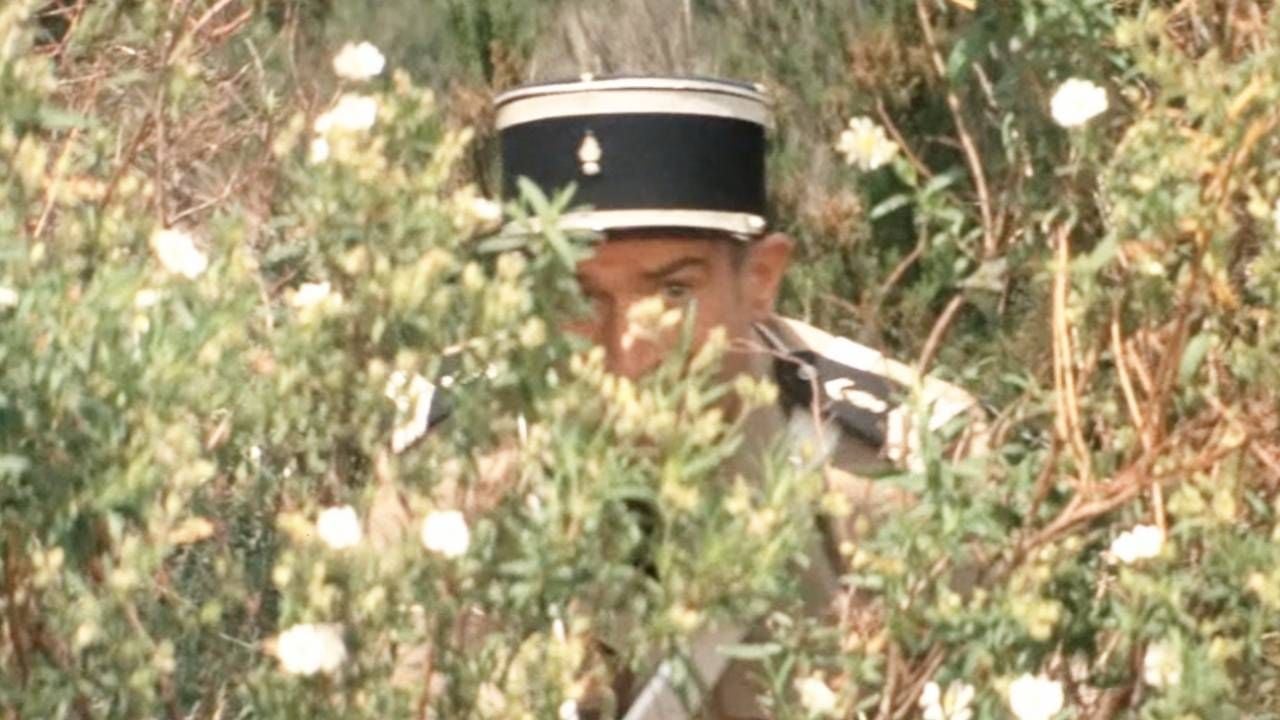Director shares literary works that helped shape his new production, starring Adam Driver
Francis Ford Coppoladirector renowned for classics such as The Godfather and Apocalypse Nowdiscussed the literary influences behind his latest film, Megalopoliswhich will be released on October 31, 2024.
In an interview with magazine The New Yorker, Francis commented on the books that directly influenced the script and development of the film. The director highlighted that, over the years, he began to read works that do not necessarily connect directly with what he is creating, but that, in some way, end up shaping his work.
Check it out:
1. The Dream of the Red Chamber –Cao Xueqin
Second Coppolathis classic of 18th century Chinese literature influenced him during the process of creating Megalopolis. He commented on the beauty of the book, which narrates the life of an aristocratic Chinese family and the dynamics between the protagonist and the women in his life.
It’s a very beautiful book… When you read it, you’re not only in the story, but also in the characters’ dreams. I thought, why can’t I do that in my film?.
This work was read by Coppola after he finished reading all of Proustanother notable influence on the development of Megalopolis.
2. Twelve Against the Gods – William Bolitho
This book was crucial for the construction of the main character of Megalopolis, Cesar Catilinaplayed by Adam Driver. The work of Bolitho describes twelve historical figures who challenged the norms of their times, including Lucius Sergius Catilinaa direct inspiration for the character.
I started thinking, well, Catiline didn’t write the story. What if he was someone who would bring something wonderful, but what usually happens happened—traditional forces overwhelmed the new idea?
This reflection on the historical narrative shaped Catiline’s role as a visionary contested by conservative forces, inspired by figures such as Robert Moses and Walter Gropius.
3. Directors on Directing – Edited by Toby Cole and Helen Krich Chinoy
This collection of director essays was formative reading for Coppola. He highlighted an article by Elia Kazan about your approach to A Street Named Sinwhich had a great influence on his own way of approaching narratives in cinema. He noted how the book provided valuable insights into dramatic structure and working with actors.
There is an article by Elia Kazan about how he approached A Street Named Sin which influenced me a lot.
4. The Chalice and the Blade – Riane Eisler
Francis was also influenced by this work, which explores the theory that ancient societies were matriarchal before being dominated by violent patriarchies. The director reflected on how Eisler argues that women run societies in a more ‘collaborative and sensible’ way.
It makes perfect sense to me that we have lived in matriarchies. I think women manage things better. They are much more sensible and collaborative — they are life-giving.
5. Elective Affinities – Johann Wolfgang von Goethe
Finally, Coppola mentioned Goethe as one of his literary influences, especially with Elective Affinitieswhich explores the complex interactions between two couples. The director even considered adapting this book for the cinema, but emphasized that he doesn’t know if this project will happen. In Megalopolis, Coppola incorporates the idea that “all art is controlled time”a concept he believes he follows in his artistic practice:
You taught me that all art is controlled time — which I believe. If you are an artist, you don’t adhere to real time… As an artist, you can control it. I think I do this all the time.
Source: Rollingstone
Rose James is a Gossipify movie and series reviewer known for her in-depth analysis and unique perspective on the latest releases. With a background in film studies, she provides engaging and informative reviews, and keeps readers up to date with industry trends and emerging talents.






